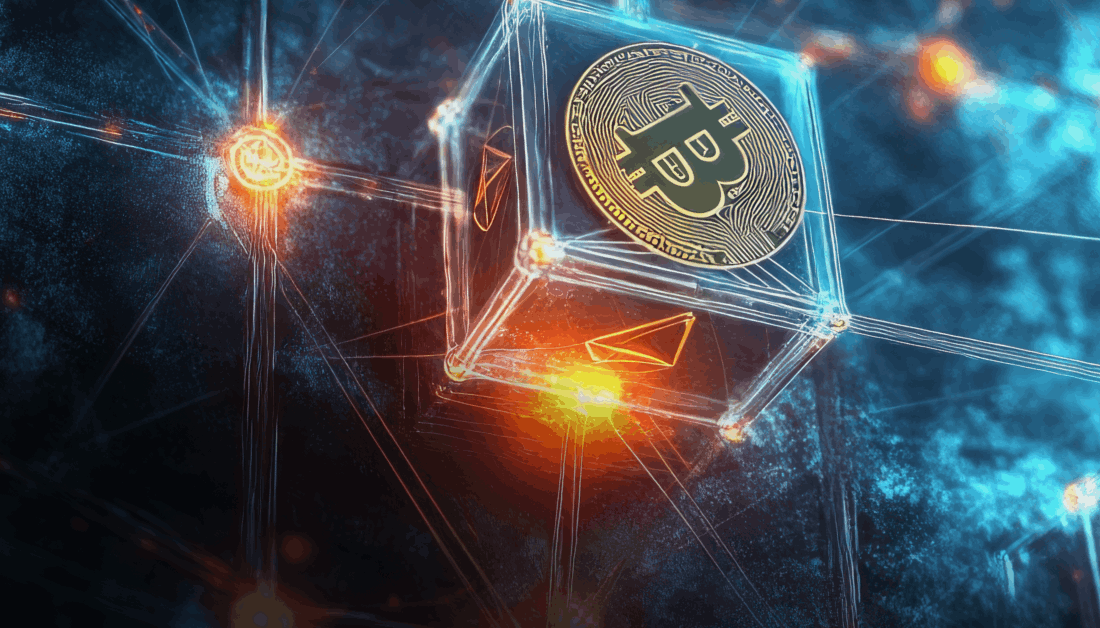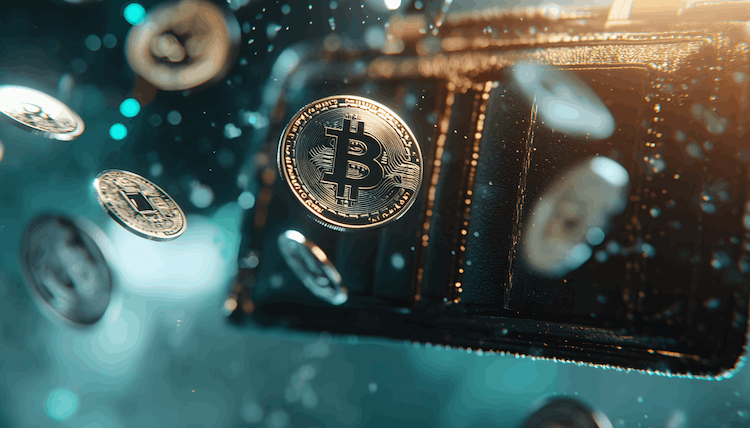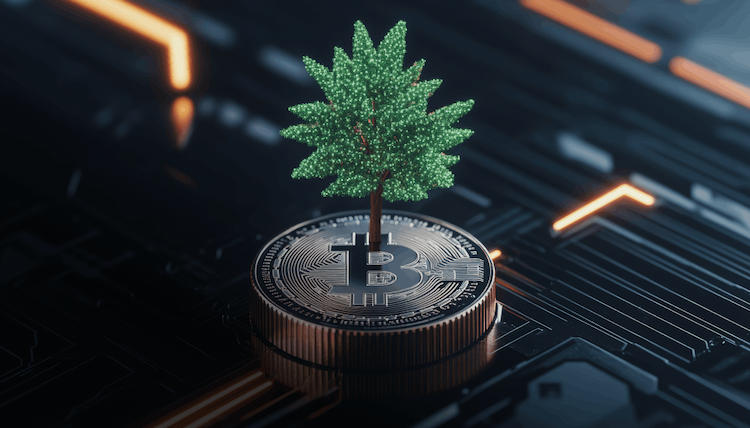
Asset tokenization transforms the financial landscape by converting tangible and intangible assets into digital tokens on a blockchain. It is democratizing investment opportunities and enhancing market efficiency.
Understanding Asset Tokenization
Asset tokenization involves creating digital tokens representing ownership stakes in various assets, such as real estate, art, commodities, or corporate equity. These tokens function as digital certificates of ownership, securely recorded and verified on an immutable blockchain ledger. The process begins by selecting an asset for tokenization. For example, a real estate property can be divided into multiple digital tokens, each signifying fractional ownership. Issuing these tokens on a blockchain platform ensures transparent and tamper-proof records. Once issued, tokens can be listed on compliant trading platforms, allowing investors to buy them and gain proportional stakes in the asset, along with potential income or appreciation benefits. Smart contracts further facilitate transactions and automate functions such as dividend distributions, voting rights, and compliance checks, enhancing efficiency and minimizing errors.
Advantages of Asset Tokenization
Tokenization offers several benefits. It enhances liquidity by enabling quicker transactions of traditionally illiquid assets like real estate and art. Dividing high-value assets into affordable tokens broadens market access, allowing more investors to participate. Using blockchain ensures transparency and security, with transaction records that reduce fraud risks. Additionally, operational efficiency is improved as tokenized assets streamline transfer processes, reducing reliance on intermediaries and associated costs. This approach also supports portfolio diversification, as investors can hold fractional shares of various asset types, promoting balanced strategies and risk mitigation.
The accessibility created by tokenization means that individuals who previously could not afford investments in high-value assets can now participate with smaller amounts. This democratization opens doors to broader financial inclusion, transforming how people interact with investment opportunities. Furthermore, the transparency inherent in blockchain technology reassures investors, as they can quickly verify asset ownership and transaction history. Automating smart contracts simplifies processes and enhances transaction trust, ensuring all parties comply with pre-set conditions without human intervention.

Challenges in Asset Tokenization
However, challenges remain. Regulatory uncertainty is a significant obstacle, with varying global regulations complicating compliance for international transactions. Navigating these regulations often requires collaboration with legal experts and regulatory bodies to ensure adherence to laws across different jurisdictions. Blockchain networks must also be scalable and robust to efficiently handle large volumes, addressing congestion and transaction speed concerns.
Moreover, mainstream adoption requires broader acceptance of digital wallets and a greater understanding of blockchain technology. Public perception and trust play critical roles in achieving widespread use. Educating potential investors and stakeholders about the benefits and risks associated with tokenized assets is essential for growth. Resistance to change and the complexities of integrating tokenized assets into existing financial frameworks also pose significant barriers.
Applications
The potential applications of asset tokenization are vast. In real estate, properties can be tokenized, democratizing access to investment in commercial buildings or luxury homes. Token holders receive proportional benefits from rental income or property value appreciation. Art and collectibles can also be digitized, allowing for fractional ownership of high-value items. This enables investors to partake in the art market without substantial capital, making art investment more inclusive.
Commodities like gold or oil can be tokenized, offering digital access to these markets without physically handling the assets. This can simplify logistics and reduce barriers for investors looking to diversify their portfolios with commodities. Additionally, companies can issue tokenized shares, streamlining equity trading and making it more accessible. By replacing traditional paper-based systems with digital tokens, companies can lower administrative costs and attract more investors.
Asset tokenization also extends to new realms, such as intellectual property and patents, allowing creators and inventors to raise capital by issuing tokens backed by their work. This allows investors to support innovation and share potential profits from licensing or royalties.

Conclusion
In summary, asset tokenization leverages blockchain technology to revolutionize ownership and investment, providing increased liquidity, accessibility, and efficiency. While challenges exist, such as regulatory hurdles and technological limitations, the potential benefits make it a compelling development in the evolving financial ecosystem. As the market for tokenized assets continues to mature, overcoming these challenges will be crucial to fully realizing this technology's transformative potential. With further advancements and broader adoption, asset tokenization could redefine how value is created, shared, and maintained across industries.



